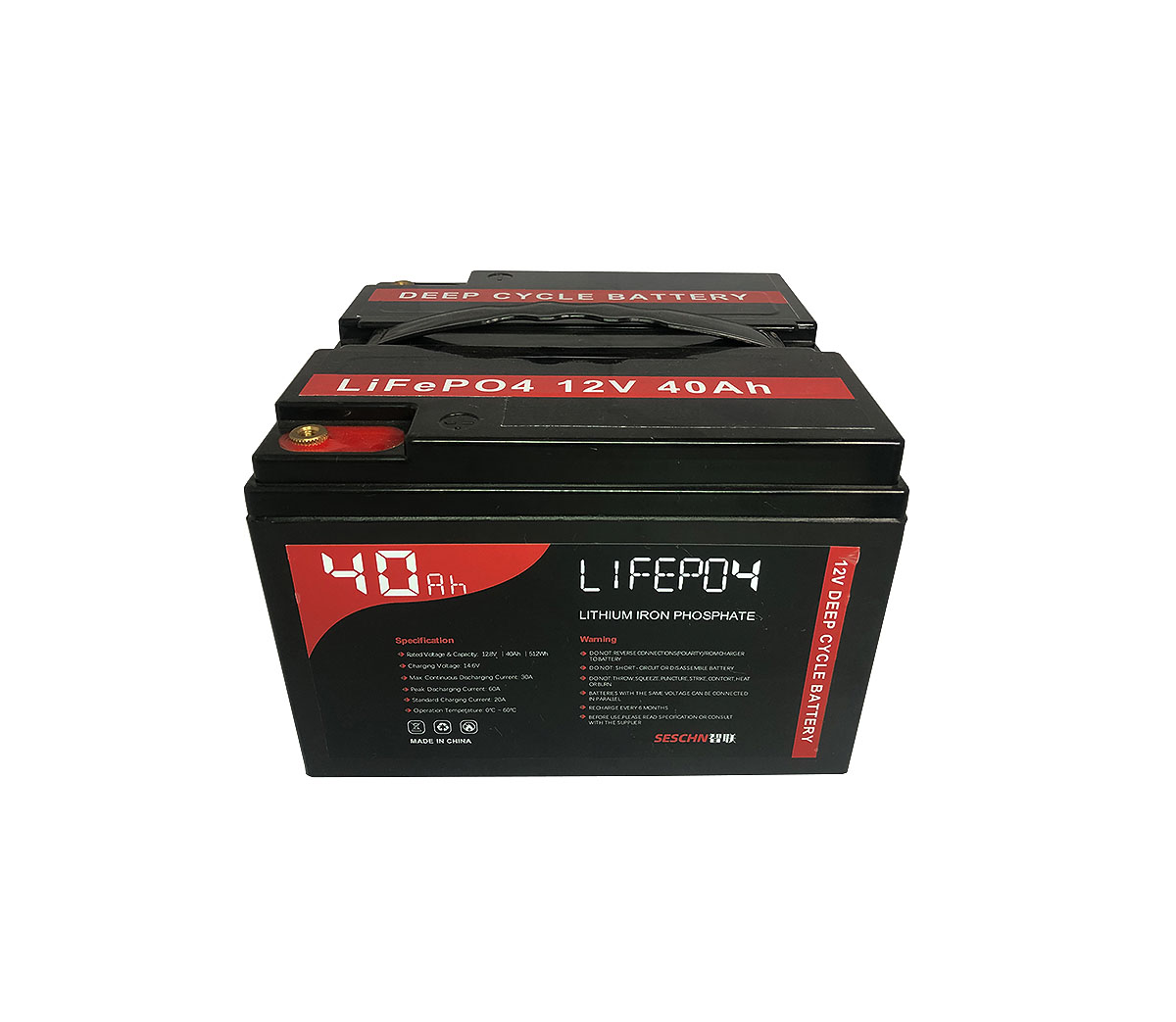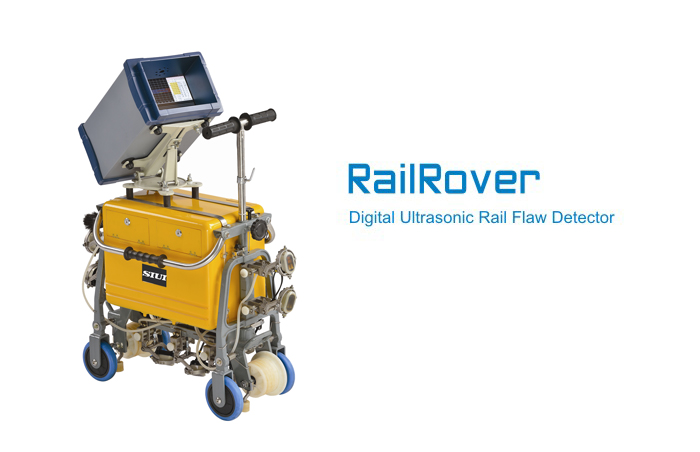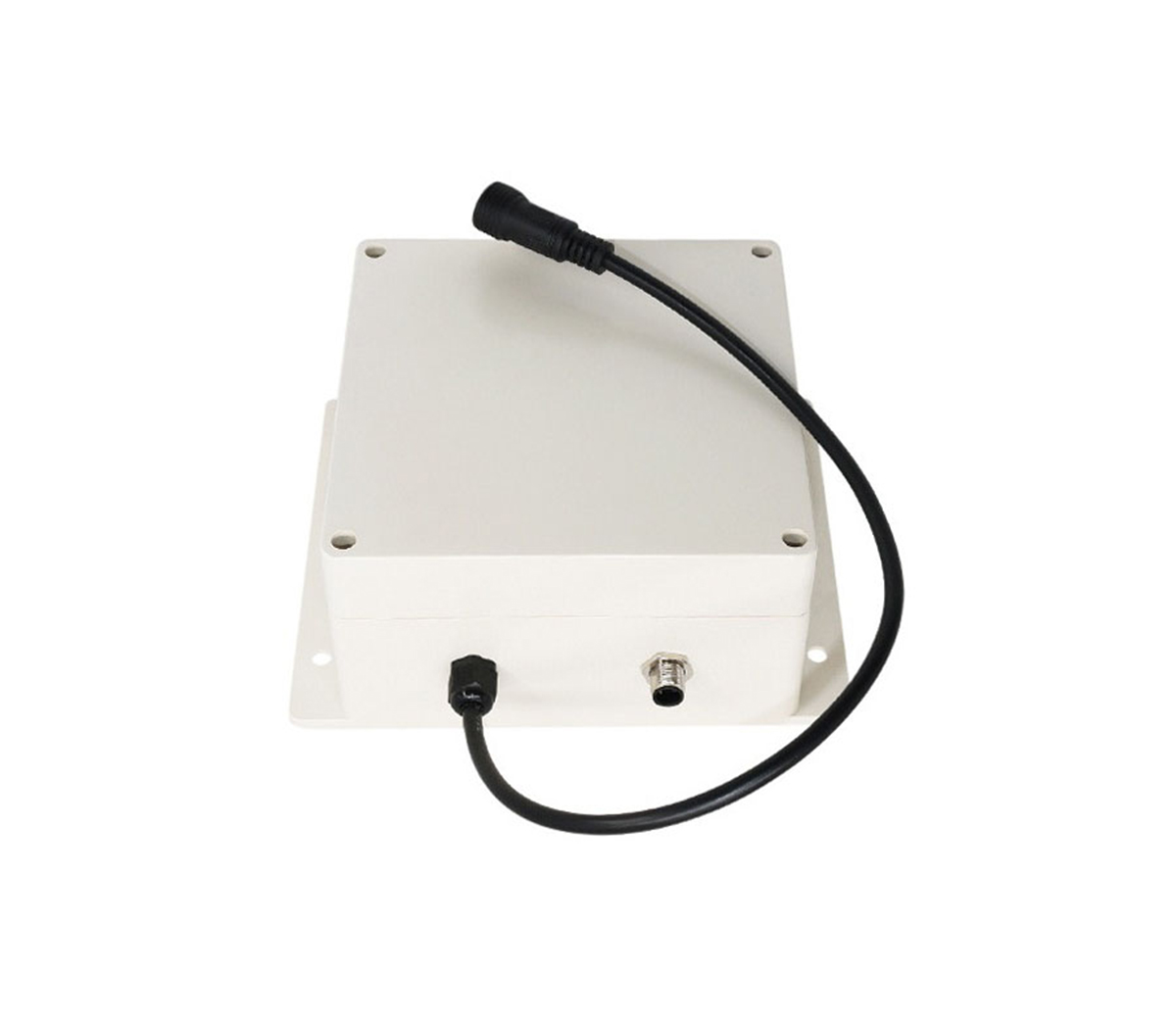Is the ternary battery installed capacity quickly catching up with lithium
iron phosphate? Is the technical route of the power battery a foregone
conclusion
Even BYD, which has always adhered to the lithium iron phosphate route, has
also begun to "shake". Does it indicate that the power battery technology route
has been set?
The technical route of power battery is slowly changing the situation of
“dominant one family” of lithium iron phosphate. Since the beginning of this
year, the rapid catch-up of the installed capacity of ternary batteries has
exceeded the expectations of many in the industry.
According to the data of power battery installed capacity based on real
lithium research statistics, in the first August of this year, the installed
capacity of ternary/manganese batteries was the largest, accounting for 55% of
6.4GWh, and the installed capacity of lithium iron phosphate batteries rarely
took the second place, with 5.1GWh. 44.1%. It is worth noting that last year
lithium iron phosphate accounted for up to 71.5% of the installed capacity of
15.2GWh, while the ternary/manganese battery was less than half of the installed
capacity of lithium iron phosphate, only 7.3GWh, accounting for only 26.3%.
The lithium iron phosphate route is only being adhered to by China?
Mo Ke, CEO of True Lithium Research, told reporters that only China is
currently adhering to the lithium iron phosphate battery route. The United
States, which originally advocated this route, has basically no battery
manufacturers following the bankruptcy of A123 Systems and the decline of
Valence. This route is up.
"From another point of view, the lithium iron phosphate battery has such a
large scale, which also adds to the difficulty of achieving the 300Wh/kg car
battery target set by China in 2020." Mo Ke added.
For a long time, lithium iron phosphate has been widely adopted by power
battery manufacturers due to its advantages in safety performance and cycle
life. Especially at the beginning of last year, Zhang Xiangmu, Director of the
Equipment Department of the Ministry of Industry and Information Technology,
verbally issued a ban on ternary batteries being used in pure electric buses,
which is firmer Many power battery manufacturers have confidence in taking the
lithium iron phosphate route. However, since the beginning of this year, as
policies have increased the energy density requirements of power batteries,
lithium iron phosphate is generally considered to have reached the limit.
Relatively speaking, ternary batteries are expected to have high specific
energy.
On November 16 this year, BYD, which has always adhered to the lithium iron
phosphate route, said in an investigation by institutional investors that all of
the company’s PHEV passenger cars have used ternary batteries, and the company’s
future plans may continue in addition to the public transportation sector. In
addition to using lithium iron phosphate batteries, other new models will use
ternary batteries. According to BYD's plan, there will be 16GWh of power battery
production capacity by the end of this year. Among them, the 6GWh ternary
battery and the 10GWh lithium iron phosphate battery will increase the
production capacity of 10GWh ternary battery next year.
Even BYD, which has always adhered to the lithium iron phosphate route, has
begun to "shake". Does it indicate that the power battery technology route has
been set? The reporter found that many companies still adhere to the lithium
iron phosphate route. The person in charge of a power battery company in
Shenzhen said that lithium iron phosphate has a long cycle life, strong safety
and stability, and is more environmentally friendly than ternary, and the cost
is gradually decreasing. I believe that it is still the mainstream choice.
Regarding the industry claim that lithium iron phosphate has reached a
technical bottleneck, the person in charge of the Shenzhen power battery company
does not agree. He said that the focus of the continued research and development
of lithium iron phosphate is not the improvement of the material itself, but the
need to study what kind of negative electrode material is used for lithium iron
phosphate to better exert its excellent performance.
"One is that it can be charged quickly at low temperatures, and the other
is capable of higher specific energy. The former uses graphene materials for
fast charging at low temperatures. This is currently being applied and promoted
in many northern cities. The latter It is carbon-silicon material that has a
higher specific energy, and it must be nano-scale silicon. We are also
increasing research and development on this." The person in charge of the
above-mentioned power battery company said.
Seriously uneven monthly installed capacity
In addition to the controversy over the technical route, whether the power
battery is overcapacity has also become the focus of discussion in the industry.
According to the "Analysis and Forecast of the Development of Lithium Battery
Market from 2017 to 2018" released by True Lithium Research, more than half of
the battery installed capacity in 2015 and 2016 was realized in the latter two
months: 8.15 in the latter two months of 2015 GWh, accounting for 50.8% of the
annual installed capacity; 14GWh in the second two months of 2016, accounting
for 50.3% of the annual installed capacity.
Moke believes that the previous two years were mainly due to the annual
adjustment of the subsidy policy. However, the subsidy policy will not decline
this year. It is expected that car companies will allocate production tasks in a
relatively balanced manner, and the situation of surprise installation by the
end of the year will be eased.
According to the preliminary statistics made by the True Lithium Research
this year, China's automotive power battery production capacity may have reached
130GWh, with an average monthly production capacity of 11GWh. Does this mean a
serious surplus?
"I have consulted and investigated many companies on this issue, including
Funeng Technology, BAK Battery, Zhenhua New Energy, SAIC Times, etc., all admit
that power battery production capacity is generally surplus, but it is only a
structural surplus. The effective production capacity is And high-quality
production capacity may not be surplus.” Mo Ke said.
In the eyes of many people in the industry, the serious imbalance in
monthly installed capacity is one of the main reasons for the overcapacity of
automotive power batteries. In addition, the rumored 8GWh policy and optimism
about the development of electric vehicles are also reasons for
overcapacity.
However, regarding overcapacity, the capital community has different
voices. Wu Shenjun, chairman and founder of Sands River Capital, said that the
power battery industry was still in its infancy in the past few years, and it is
still a sunrise industry. As for the concerns about whether China's overcapacity
is problematic, it may actually be insufficient.
"Now whether it is Guangdong, Jiangsu or Tianjin, the production capacity
is still limited to between 1GWh and 2GWh, but a factory in Germany is 30GWh. If
we still stay here, we will definitely not have any competitive advantage. We
need to scale and increase. On the one hand, it is a new factory, on the other
hand, it is the transformation of an old factory." Wu Shenjun said.


































